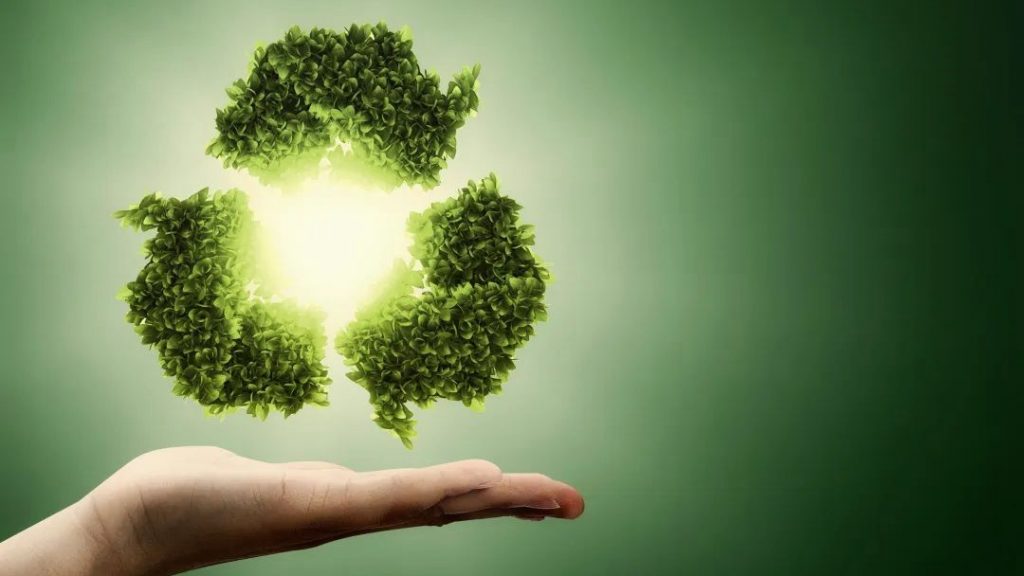Going Green: The Rise of PCR Bottles in Sustainable Packaging
In recent years, the use of Post Consumer Recycled (PCR) plastics has become a major trend in the packaging industry, and it is not difficult to understand why. With the global consumption of petroleum-based plastics exceeding 350 million tons annually and expected to reach over 800 million tons by 2040, there is an urgent need for innovative recycling technologies to reduce plastic waste.
Traditionally, plastic consumption has followed a linear pattern: produced, sold, used, and discarded. However, a new circular model is emerging, which emphasizes systematic, efficient, and large-scale reuse and recycling. The goal is to establish a green recycling system globally, preventing further environmental degradation.
Recyclable packaging has become a tangible action plan rather than an empty slogan. As one of the 3R elements (Recyclable, Reuse, and Reduce) in plastic packaging recycling, recyclable packaging plays an increasingly critical role.
Post-consumer recycled plastics have high environmental significance and market value. Major consumer brands are encouraging the use of recycled plastics, and PCR is the real recycled plastic that the plastic value chain must rely on to achieve sustainable development goals.
PCR Packaging Bottles in Different Countries
To combat plastic pollution, many countries and regions have developed strategies and policies to promote plastic recycling and encourage the use of PCR. These initiatives have encouraged technological advancements and market expansion in the industry.
In the United States, the demand for PCR packaging bottles has been growing steadily in recent years. This is due to the increasing concern among consumers and businesses about the environmental impact of packaging waste. Additionally, many states in the US have implemented recycling policies that mandate the use of PCR materials in packaging. As a result, many companies have started to use PCR bottles for their products, including leading brands such as Coca-Cola, PepsiCo, and Nestle.
In the European Union, there is also a growing demand for PCR packaging bottles. The EU has set ambitious targets for reducing plastic waste, and PCR materials are seen as a key solution to achieving these targets. The EU’s Single Use Plastics Directive, which came into effect in 2021, bans several single-use plastic products and requires member states to collect and recycle at least 90% of plastic bottles by 2029. This has led to an increase in demand for PCR bottles and other sustainable packaging options.
In addition to the United States and the EU, other countries are also showing a growing demand for PCR packaging bottles. Japan, for example, has set a goal to achieve a 50% recycling rate for PET bottles by 2025, and PCR materials are expected to play a significant role in achieving this goal. China, which is one of the largest consumers of plastic in the world, has also started to focus on sustainable packaging options, including PCR bottles.
Overall, the future looks bright for PCR packaging bottles, as more and more countries are recognizing the importance of sustainable packaging solutions. As demand continues to grow, it is expected that the production of PCR materials will increase, making them more accessible and affordable for businesses of all sizes.
Key Trends Driving The Adoption of PCR Bottles
Here are some of the key trends driving the adoption of PCR bottles:
Environmental concerns: With growing awareness about the impact of plastic waste on the environment, consumers are increasingly looking for products that are made with sustainable materials. PCR bottles help reduce the amount of plastic waste that ends up in landfills and oceans, and can help companies meet their sustainability goals.
Regulatory pressure: Governments around the world are taking steps to reduce the use of single-use plastics and increase the use of recycled materials. For example, the European Union’s Single-Use Plastics Directive aims to ban certain single-use plastics, and requires that 25% of plastic bottles be made from recycled materials by 2025.
Brand image: Companies are recognizing the importance of sustainability to their brand image, and are looking for ways to demonstrate their commitment to the environment. Using PCR bottles can be an effective way to show customers that they are taking concrete steps to reduce their environmental impact.
Technology advancements: Advancements in technology have made it possible to produce high-quality PCR bottles that meet or exceed the performance of traditional virgin plastic bottles. This has helped drive down the cost of PCR bottles and make them a more attractive option for companies looking to reduce their environmental footprint.
Consumer demand: Consumers are increasingly demanding more sustainable products, and are willing to pay a premium for products that are made with recycled materials. This has created a market opportunity for companies that are able to offer PCR bottles at a competitive price point.
In conclusion, the use of PCR bottles is a growing trend driven by environmental concerns, regulatory pressure, brand image, technology advancements, and consumer demand. As companies continue to prioritize sustainability and seek ways to reduce their environmental impact, the adoption of PCR bottles is likely to continue to grow in the years to come.
Related:
Sustainable Packaging Solutions: PCR bottles and Biodegradable Compostable bottles








